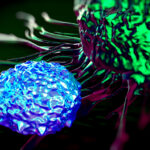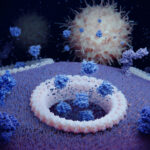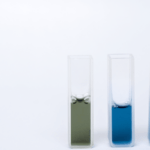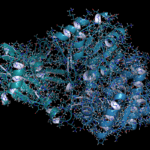The Use of Cell-Based Assays for Translational Medicine Studies
Cell-based assays are an important tool in drug development. One of the biggest challenges when developing a drug is mimicking the appropriate physiological setting to predict…
Cell-Based NAb Assays: What We Need to Know
Cell-Based NAb Assays So, how do we deal with NAbs when it comes to the industrial production of biotherapeutic agents? The bioanalytical community adopts a…
The Importance of Cytokine Detection and Analysis
Cytokines are a broad class of soluble proteins, glycoproteins, and peptides that act as chemical messengers of the immune system. These small proteins are essential…
Utilizing Bradford Assay for Protein Concentration Calculation
If your goal is to attain swift and simple protein quantification, the Bradford assay is the way to go. Let’s find out more about what…
A Beginner’s Guide to Luciferase Assays
Luciferase is an enzyme used by a variety of organisms for bioluminescence. One of the most common examples of bioluminescence exists in the biology of…
Bioanalytical Testing Under GMP: Assuring Biologic Safety & Efficacy via Impurities Assays
We discuss the need to put phase-appropriate methods in place to identify and quantify both process- and host-cell related impurities throughout the drug development process.





